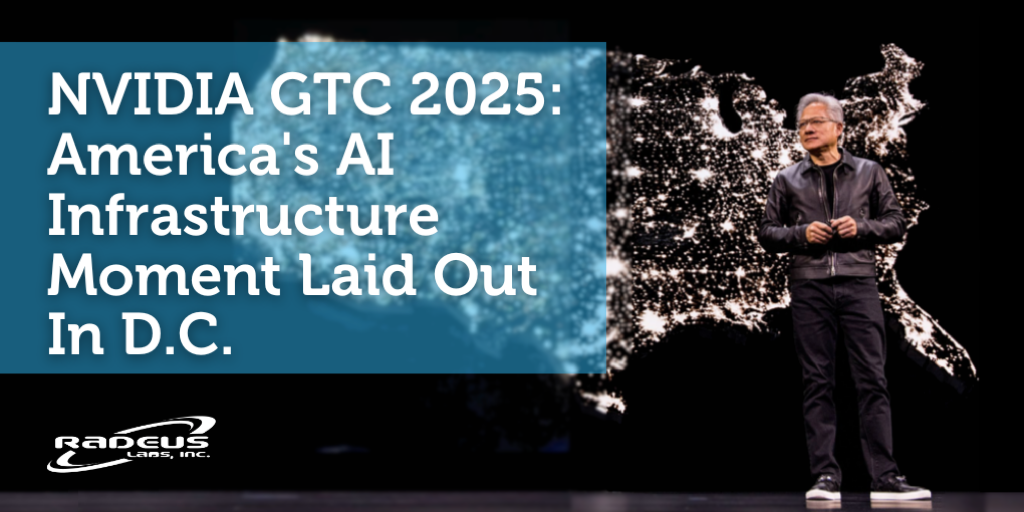When it comes to critical communications—whether you're managing a dispatch center, a fire department, or a command post—reliability isn’t optional. But in today’s market, a lot of recording system options come with something extra: subscription fees that creep up year after year.
At first glance, these cloud-based, subscription-driven platforms can seem appealing. They offer slick interfaces, promise hassle-free upgrades, and promote a “low monthly cost” model that looks good on paper. But here’s the catch: those recurring costs stack up fast, especially in long-term deployments typical of public safety agencies and compliance-driven operations.
The Sticker Shock of “As-a-Service”
Let’s do the math. A system that costs $400/month may seem reasonable at first—until you realize that’s nearly $5,000 a year. Over the typical 7- to 10-year lifecycle of most communication logging equipment, that’s $35,000 to $50,000 in subscription fees alone. And that doesn’t include the inevitable extras: hardware upgrades, software training, licensing renewals, or surprise upcharges when your needs change.
Compare that to a one-time purchase model like the JEI recorder line, now supported by Radeus Labs. You pay once, you own the system outright, and you receive lifetime U.S.-based support—with no recurring fees, no cloud dependencies, and no vendor lock-in. For agencies that depend on long-term reliability and predictable budgeting, the difference is significant.
Why Ownership Still Wins in the Field
JEI systems have a 50-year track record in high-stakes environments—from municipal police departments to federal emergency response centers. These systems were built to be durable, easy to operate, and remarkably dependable. They’ve quietly supported the backbone of mission-critical communications for decades.
But technology doesn’t stand still—and neither has JEI. With Radeus Labs now stewarding the JEI product line, these proven systems are getting the upgrades they deserve. The current generation supports a wide range of input types, including analog, VoIP, RoIP, radio, and intercom—giving agencies the flexibility to modernize at their own pace, without compromising simplicity or reliability.
And importantly, this modernization isn’t a move toward mandatory upgrades or expensive licensing. Radeus Labs is sticking to what makes JEI beloved in the first place: straightforward functionality and long-term value. You won’t find bloated feature sets or paywalls. Just robust, U.S.-manufactured hardware with the flexibility to adapt to your needs.
Stability Over Surprises
Subscription-based platforms come with an additional risk—you’re at the mercy of the vendor’s roadmap. What happens when pricing changes mid-contract? Or when the feature you rely on gets “sunsetted” during an update? What if your internet goes down, and with it, your ability to retrieve vital recordings stored off-site?
Owning your system protects you from these uncertainties. With JEI and Radeus, you get:
- One-time investment
- Full ownership of hardware and software
- Lifetime support with no hidden fees
- No reliance on internet or cloud-based services
- Manufacturing and service support based entirely in the U.S.
In today’s environment of shifting compliance standards, limited IT staff, and shrinking public sector budgets, these advantages are more than nice to have—they’re essential.
Ready to Do the Math?
If you're exploring your next upgrade—or just tired of bleeding budget into monthly service fees—it might be time to revisit JEI. Radeus Labs is investing in its future while keeping its rock-solid roots intact.
Want to calculate your total cost of ownership?
Dan Salvatori, Radeus' communication logging expert who maintains work as a paramedic several days a month in LA County, brings a rare perspective to the table. He’s been on both sides of the radio—responding to emergencies and helping agencies choose the tools that support them. That firsthand experience makes Dan a trusted resource for public safety teams looking to upgrade without overbuying. He understands the urgency, the budgets, and the need for systems that just work—without subscriptions, complexity, or hidden costs.
→ Schedule a call with Dan to learn more.






 Last week, the Radeus Labs team joined the global AI community in Washington, D.C. for the
Last week, the Radeus Labs team joined the global AI community in Washington, D.C. for the